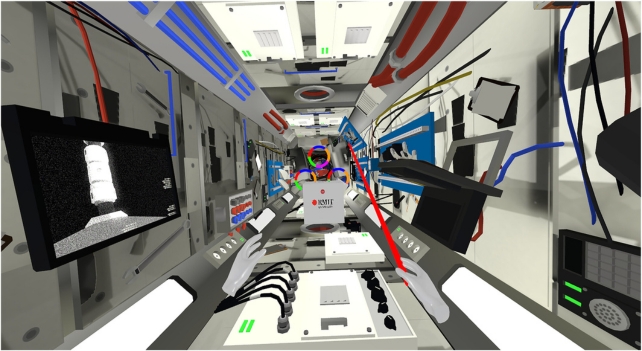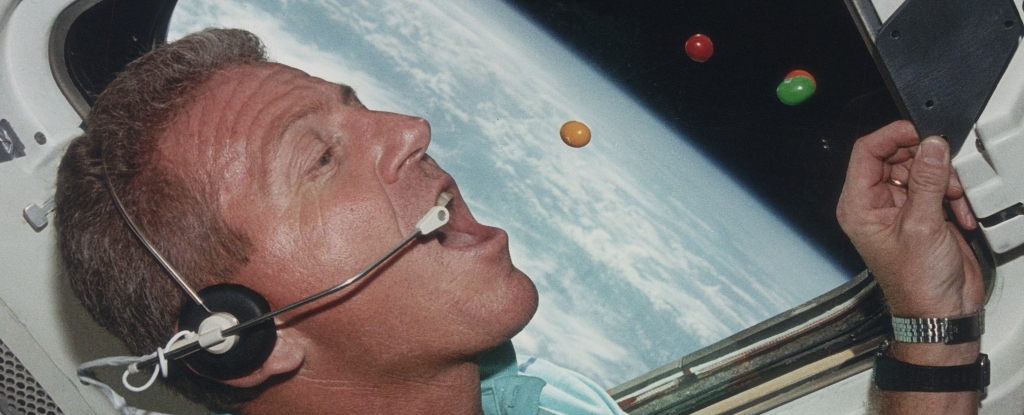Being in space has many different effects on astronauts. Some of the dangers of space travel are serious, others are best described as strange, and some are somewhere in between, such as the fact that food in space tastes bland and inedible.
This strange phenomenon can be so serious that some astronauts have trouble getting enough nutrients, so a team of food scientists from Australia and the Netherlands investigated possible causes.
Their recently published new study suggests that the explanation may lie in the astronauts’ isolation and discomfort rather than in orbit.
Previous research has suggested that the problem may be due to fluid shifts, an effect of weightlessness on the distribution of body fluids, causing facial swelling that subsides as the body adjusts to its new environment.
However, some astronauts reported that their problems with food continued even after the effects of the fluid shift had passed.
Therefore, food scientist Grace Loke of RMIT University in Australia and her colleagues focused on how a person’s environment and mental state can affect their perception of flavors, which in turn have a major impact on the perceived attractiveness of food.
The results suggest that at least some flavors are perceived differently in different environments – but not in the way the researchers expected.
“One of the long-term goals of the research is to produce better tailored foods for astronauts and other people in isolated environments to increase their nutrient intake to nearly 100 percent,” says lead author Julia Low, a sensory and eating behavior researcher at RMIT.
Since it would obviously be difficult to actually send the subjects into space, the team instead placed the participants in a virtual reality environment designed to simulate the experience of staying on the International Space Station (ISS).
This VR environment included floating objects to simulate microgravity, the team explains, as well as “mounted space apparatus to create a sense of clutter and confinement” and background noises that “mimicking loud operational sounds reported inside the ISS.”

While the idea that taste is subjective is certainly not new, the question of whether a VR environment can affect taste seems to be new—Loke and her team point out in their article that, to their knowledge, this is “the first study to demonstrate individual differences in odor perception in VR.”
To do this, the scientists gave participants samples of three different smells: vanilla, almond and lemon. They were asked to rate the intensity of each scent on a scale of 1 to 5 – first in a normal room and then in the simulated ISS environment.
Interestingly, participants reported that the lemon smell remained the same in both environments, but the other two scents seemed to be more intense in the simulated ISS. The researchers suspect that benzaldehyde, a volatile aromatic compound found in both almonds and vanilla but not lemon, is the key factor in this.
And while the study does not necessarily answer the question of why the astronauts’ senses of taste and smell remain dulled even after the fluid shift subsides, it does support the hypothesis that olfactory perception is context-dependent.
It also suggests possible ways to mitigate the problem: As the authors write, “certain volatile compounds with common odor profiles (e.g., sweet) may be more contextually influenced than others.”
If this is the case, identifying compounds that retain their attraction – or even become more attractive – in environments such as the ISS could influence the design of astronaut diets.
The findings can potentially also be used on Earth.
“This study could help personalize the diets of people in socially isolated situations, including in nursing homes, and improve their nutrient intake,” says Low.
The article was published in International Journal of Food Science and Technology.

